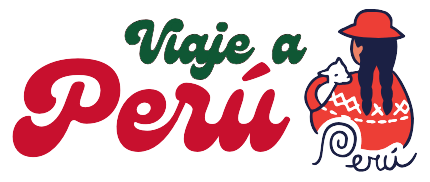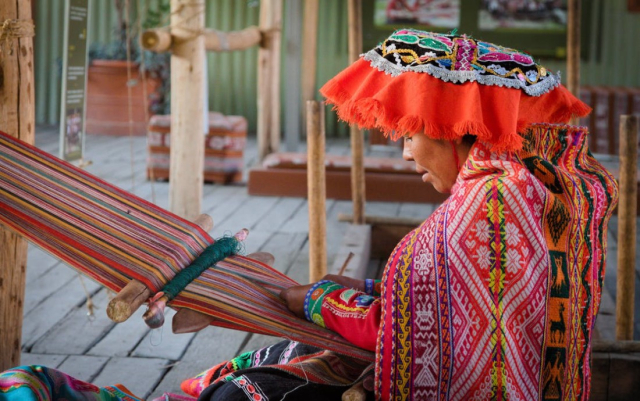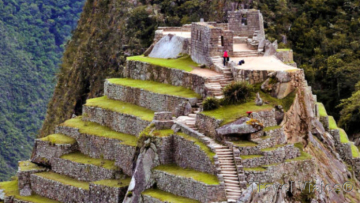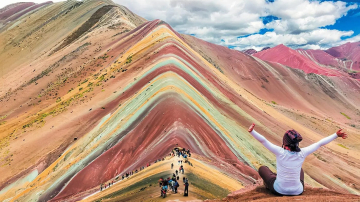Peru not only dazzles with its natural wealth and ancient civilizations , but also with its artisanal traditions. Each region of the country brings its own style, colors and techniques , creating unique pieces that capture the history and worldview of local communities . From the vibrant textiles of the Andes to the ceramics of the north, these crafts represent the cultural heritage and talent of Peruvian artisans. Below, we explore some of the most iconic Peruvian crafts that you can't miss on your next trip.
1. Andean Alpaca Textiles
Alpaca textiles are a symbol of the high Andean regions of Peru , especially in Cuzco and Puno . Handwoven by Quechua and Aymara communities , these products often include shawls, scarves and ponchos in vibrant colors and geometric patterns.
Alpaca wool is soft, warm and durable, ideal for cold mountain climates. Each piece is woven using ancestral techniques passed down from generation to generation , and the designs tell stories and represent the communities' connection to nature and the Andean worldview.
2. Chulucanas Ceramics
On the northern coast of Peru , the town of Chulucanas in Piura is known for its traditional pottery , internationally recognized for its unique designs and black-and-white glazing technique . Inspired by the pre-Columbian art of the Vicús culture , Chulucanas artisans create high-quality decorative figurines, vases, and utensils.
Chulucanas pottery is characterized by its rounded shapes and color contrasts, achieved through a special smoked firing technique . These pieces are an example of the ingenuity and creativity of Peruvian artisans.
3. Silver Jewelry from Ayacucho
Ayacucho , known for its history and culture , is also famous for its silver jewelry . Local jewelers craft pieces with designs that reflect Andean patterns and nature . Ayacucho silver necklaces, rings, and bracelets are unique, and some even include semi-precious stones.
The silver is carefully crafted, and each piece features details that symbolize aspects of the Andean worldview . These jewels are not only beautiful, but are also representations of the spiritual connection of the Andean people with their environment.
4. Ayacucho altarpieces
The Ayacucho altarpieces are small, hand-painted wooden boxes containing clay-modeled figures . Originating in Ayacucho, they depict religious scenes , as well as historical events and moments of daily life in the communities.
Traditionally used to venerate saints , modern altarpieces also represent celebrations, legends and rituals . The skill of Ayacucho artisans to capture details and emotions in each altarpiece makes these pieces true works of art.
5. Paucartambo masks
In the Cusco region , the Paucartambo masks are an essential symbol of the Festival of the Virgin of Carmen , celebrated every July. These colorful masks represent characters from traditional dances and are elaborately crafted with details that capture the essence of each character.
The masks of Paucartambo are made of wood and decorated with colorful paintings . Each mask has a special role in ritual dances, and their creation follows an artisanal process that honors the traditions of the Andean peoples.
6. Baskets and Toquilla Straw Weaves
In the Peruvian Amazon, indigenous communities make baskets and hats using toquilla straw , a natural fiber that is worked to create intricate patterns. This type of basketry is popular in places like Iquitos , where artisans weave by hand and preserve their ancestral tradition.
These baskets are not only practical , but also represent the connection to the rainforest and traditional knowledge of the Amazon. Each piece displays the natural colors and shapes of the region and is perfect as a souvenir of Amazonian culture.
7. Traditional Musical Instruments
Traditional musical instruments such as the charango, quena and bombo are essential to Andean culture . The charango, which resembles a small guitar , is made of wood and sometimes armadillo shell . The quena and bombo are also hand-made and are part of Andean celebrations.
Each instrument has a special meaning and is used in festivities and ceremonies . Artisans dedicate time and care to create these instruments, preserving Andean music as a key element of Peru's cultural identity.
Peruvian handicrafts are more than just decorative objects; they are a window into the country's traditions and history . From textiles to musical instruments , each piece tells a story and reflects the skill and passion of the artisans . Discovering and acquiring these crafts is not only a way to support the local economy, but also to take a piece of Peruvian culture home with you.
We invite you to learn more about Peru here: Blogs from Peru.




